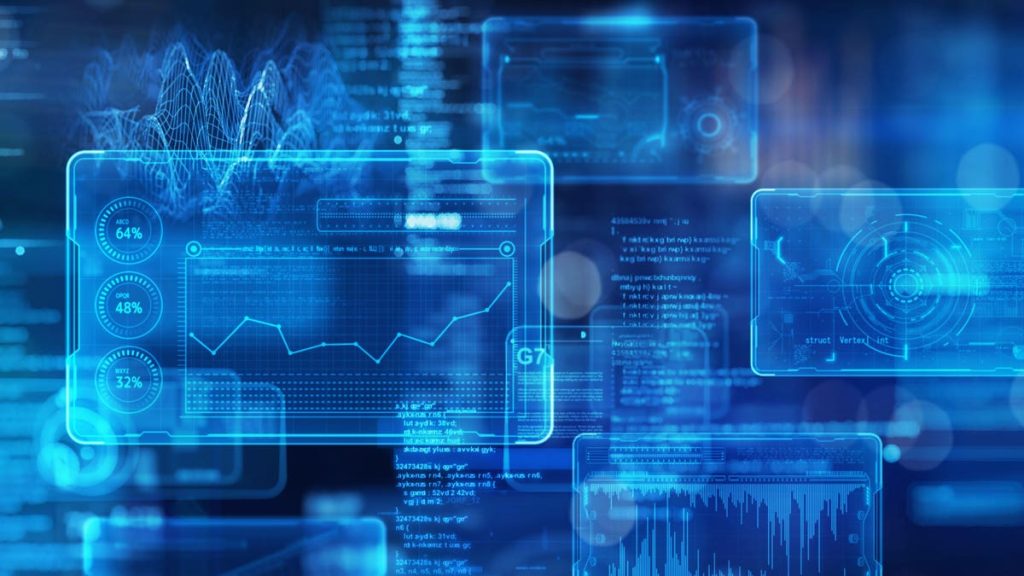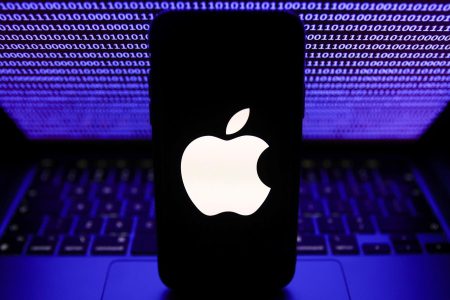Co-Founder & CEO at Tekskills. Partnering with clients across the globe in their digital transformation journeys.
Of late, there has been a lot of buzz about IoT. It impacts most facets of our lives, be it our shopping, travel, healthcare and so on. But what is IoT? “IoT” stands for the Internet of Things. Simply put, it is a conceptual linking of devices, including Wi-Fi equipment, Bluetooth devices, computer peripherals and smart appliances (like refrigerators).
IoT can be seen as a huge network of connected things and people, all of which collect and share data relating to their usage. Typically, each of these devices is equipped with a sensor and is linked to a platform that integrates data from the devices and applies analytics to share information to address user needs. These needs could be identifying patterns, making recommendations and detecting potential issues before they crop up.
Use Cases Of IoT
Now, the big question: How is IoT useful?
If you are a manufacturer, it can help you know your popular components and the outlets that customers visit more often, and, thus, help you align your sales data with your supplies so that you always have stock of fast-moving items.
If you have a store, IoT can give you an idea of consumer behavior and help you make a product tailored to increase your sales. In healthcare, connected devices can help doctors monitor patients with the required data.
An IoT-enabled clock can help you predict public transport, gauge harsh weather conditions, anticipate possible traffic and even wake you up early so you can drive to your workplace on time. Town planners can have sensors placed to alert them to commute delays or accidents. They can deploy “intelligent” trash cans that can give notifications when they become full and optimize waste collection.
In all of these cases, IoT automates all the repetitive, mundane and time-consuming tasks. This translates to informed decisions, better service and greater savings of time and money. It’s true that there are privacy concerns (as with every technology), but engineering has advanced to be able to take care of a majority of these concerns. Also, there are now regulatory checks that companies need to meet.
The Role Of AI In IoT
While IoT may have been around for several years, recent technological advances such as better connectivity, cloud, machine learning, artificial intelligence and related analytics, and low-cost sensors have helped IoT gallop. With increasing data volumes, we are facing challenges in absorbing, interpreting and making informed decisions.
In this melee, AI is often seen as the panacea. According to the European Parliament, “AI is the ability of a machine to display human-like capabilities such as reasoning, learning, planning and creativity. AI enables technical systems to perceive their environment, deal with what they perceive, solve problems and act to achieve a specific goal.”
AI can be seen as the simulation of human intelligence processes by machines, with such applications as expert systems, natural language processing, speech recognition and machine vision. Put simply, AI lets your machine understand an existing scenario and issues, counter those issues and fix them.
The Future Of IoT
What does the future hold for IoT? According to the IoT Analytics “State of IoT—Spring 2023” report, “The number of global IoT connections grew by 18% in 2022 to 14.3 billion active IoT endpoints.”
It can be seen that IoT connections are growing. That same report forecasts about 29 billion IoT connections by 2027. So, IoT is here to stay.
What about a mix of IoT and AI? This can be a great combo. While the IoT deals with devices talking to each other via the internet, AI makes those very same devices learn from their data and their experiences. Several businesses have already begun adopting AI and IoT as part of their processes and products.
This mix has been seen to boost the operational efficiencies of Google by reducing its data center cooling costs and enable Rolls Royce to enhance its products and services by using AI in engine maintenance.
The positive effect of all this is that the operations are now more scalable, and they do away with unforeseen downtime, which translates into dollars saved, or dollars earned. In fact, Deloitte has seen their maintenance planning go down by 20% to 50%, equipment availability and uptime go up by 10% to 20% and maintenance costs go down by 5% to 10%. A real-world example of IoT and AI is a self-driven car that judges the weather, road conditions and pedestrian behavior, optimizes your speeds and takes you home—safe and on time.
Challenges To Keep In Mind
AI plus IoT sounds exciting. But a more nuanced view of the developments makes one feel that IoT and AI come with their own set of challenges.
These could be security, privacy, ethical concerns, compatibility and complexity, limitations of the programs, lack of confidence from consumers as well as businesses, cloud attacks from harmful viruses, shortage of skilled workforce, regulatory and legal issues and, finally, doubts about the reliability. Ironically, technology itself is a major challenge in the wake of humungous data and increased risks of data security.
There are challenges, and there are no easy solutions. For that reason, we need to have a clear implementation strategy, educate our employees, establish strong data governance and work on compatibility issues.
Having been in IoT, my company has been amazed at how it has taken off. Having been into AI as well, we are thrilled at what IoT and AI can do together. But we are aware of the challenges and also of what needs to be done to meet them. We are right there in the aircraft, with our seat belts fastened and are ready for the take-off.
Forbes Technology Council is an invitation-only community for world-class CIOs, CTOs and technology executives. Do I qualify?
Read the full article here










